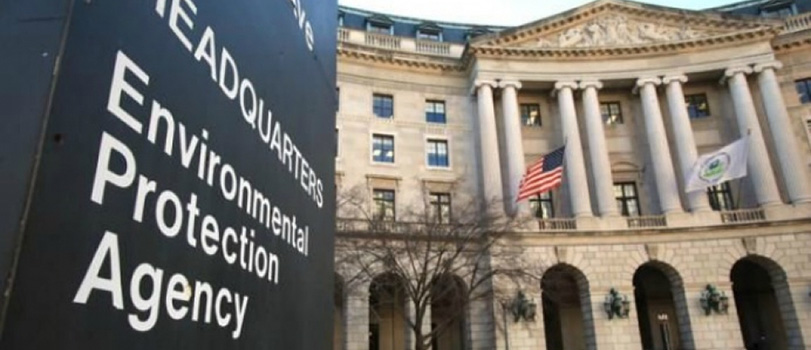EPA’s Revised Safer Choice Standards Limit Methods to Determine Recycled Content of Packaging

The Environmental Protection Agency (EPA) recently published updates to its Safer Choice and Design for the Environment (DfE) Standards. While EPA acknowledges that the focus of its Safer Choice and DfE programs is safer product chemistry rather than packaging, some of the adopted changes include modifications to the primary packaging criteria to ensure that certified products use more sustainable packaging.
With respect to primary packaging, it must either be recyclable and be made with certain percentage of post-consumer recycled content (shown below) or be designed to be reused. For packaging that is recyclable, it must also meet the minimum post-consumer recycled content (by weight) for the various materials shown below.
- Plastic packaging requires 15% minimum post-consumer recycled content.
- Glass packaging requires 25% minimum post-consumer recycled content.
- Fiber/cardboard/paper packaging requires 50% minimum post-consumer recycled content.
- Metal packaging requires 30% minimum post-consumer recycled content.
EPA heard concerns about the lack of sufficient availability of post-consumer recycled (PCR) plastic to meet the minimum PCR content level in the Standard. The Agency also received extensive input regarding the origin and verification of recycled content, with commenters arguing both for and against the use of “mass balance” or plastic credit schemes.
In responding to the comments, EPA declined to include reference to approaches or schemes for tracking or designating recycled content in the Standard, noting it will instead rely on product and packaging manufacturers to choose approaches for determining recycled content levels that are credible and effective. EPA will allow self-attestation of recycled content from packaging suppliers.
When EPA clarified that recycled content will be verified via written statements from packaging suppliers, the Agency also removed the reference to GreenBlue’s Recycled Material Standard (this had been included in the initial draft revisions). Some have claimed that removal of this reference, and the requirement that the minimum plastic PCR content level be met “by weight” would exclude use of “mass balance” or plastic credit approaches to validate recycled content in primary packaging.
If primary packaging cannot meet the requirements for recyclability and/or minimum post-consumer recycled content, EPA permits an exemption to be requested.
Lastly, the following chemical ingredients may not be intentionally introduced into packaging materials for certified products: cadmium, lead, mercury, hexavalent chromium, per- and polyfluoroalkyl substances (PFAS); bisphenol-based chemicals such as Bisphenol A (BPA); and dibutyl phthalate (DBP), diisobutyl phthalate (DIBP), butyl benzyl phthalate (BBP), di-n-pentyl phthalate (DnPP), di (2-ethylhexyl) phthalate (DEHP), di-n-octyl phthalate (DnOP), diisononyl phthalate (DINP), and diisodecyl phthalate (DIDP).
(For more information, see the Packaginglaw.com article, Proposed Changes to EPA’s Safer Choice Standards Includes Packaging Requirements.)